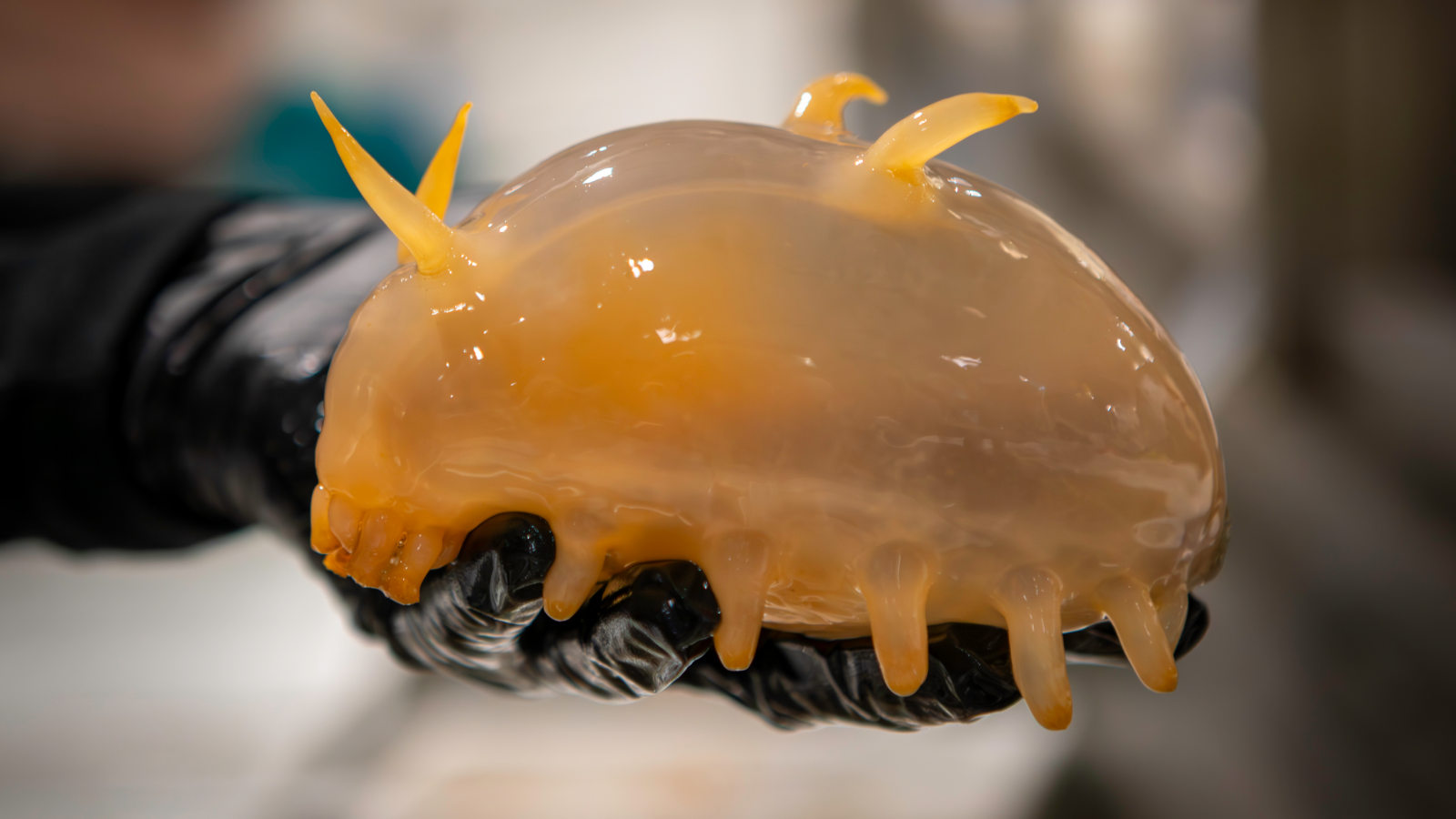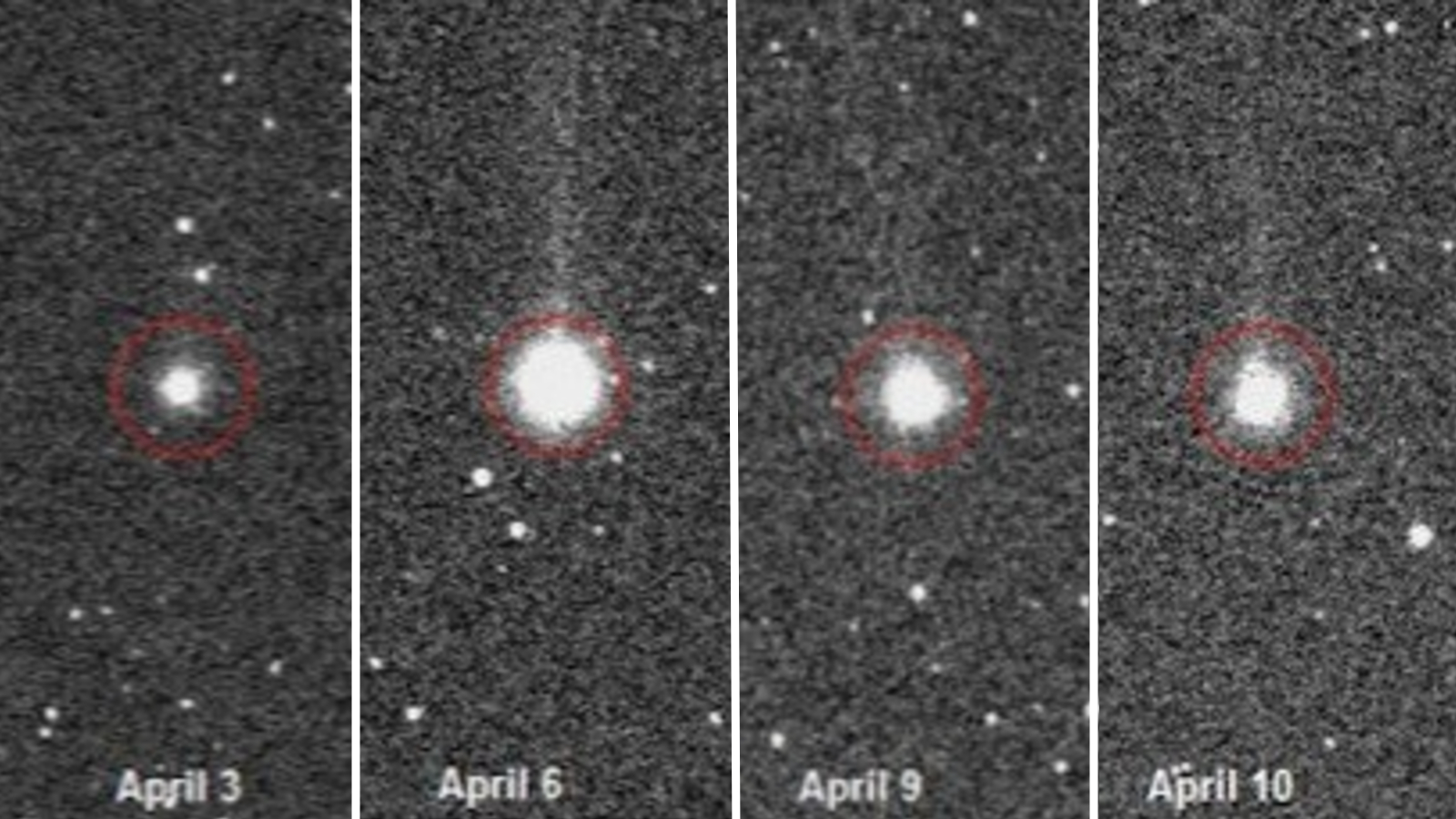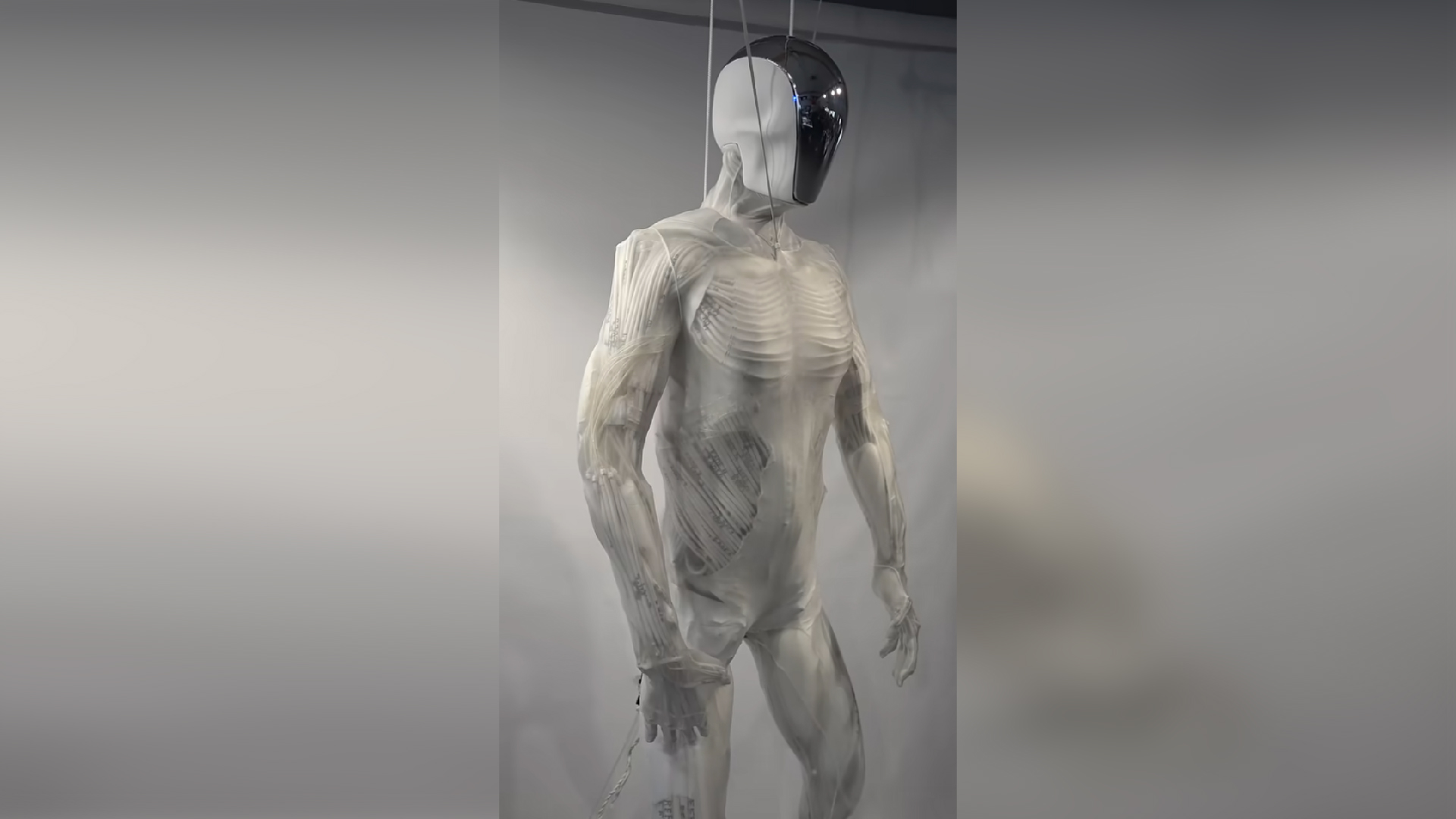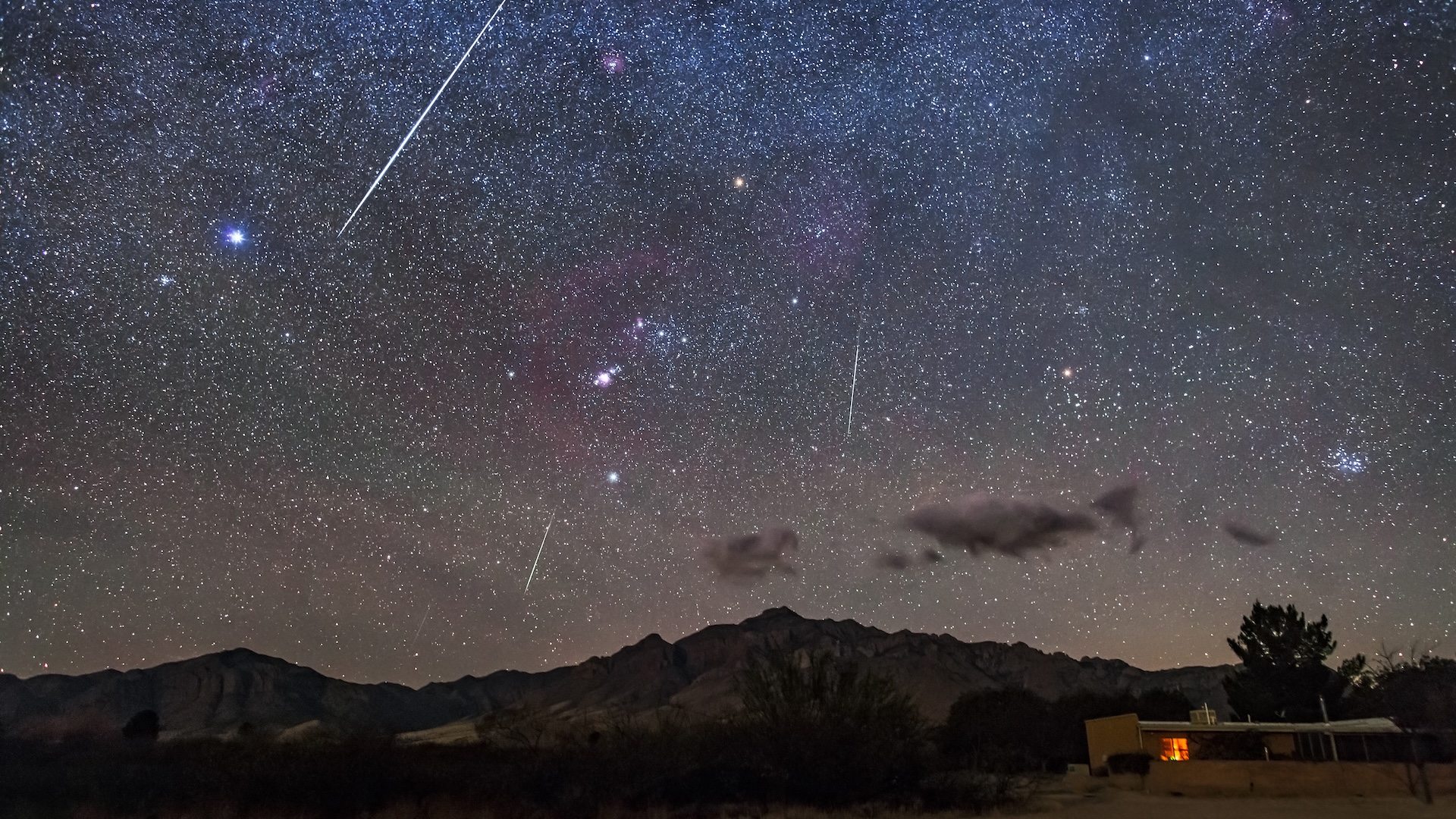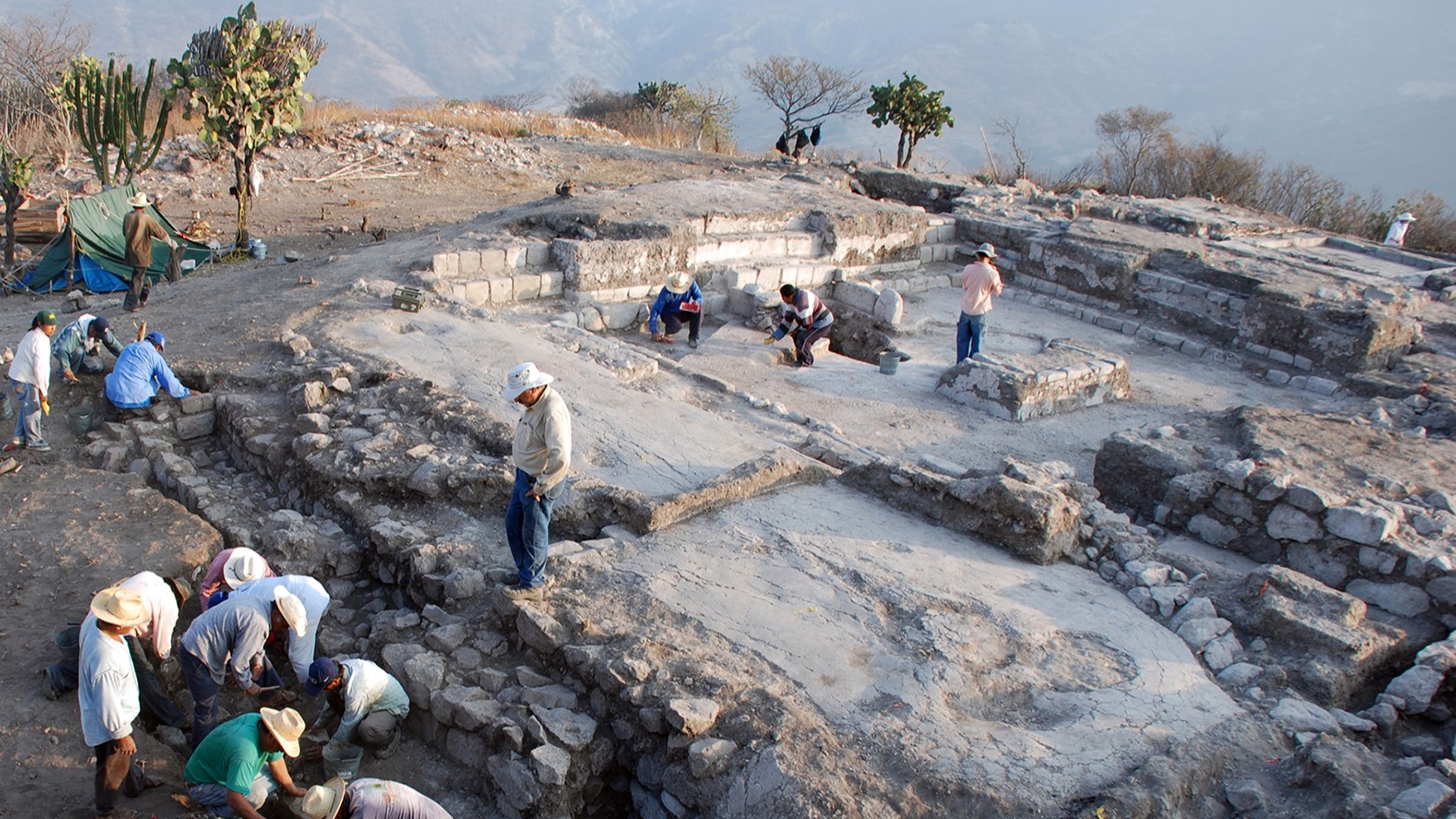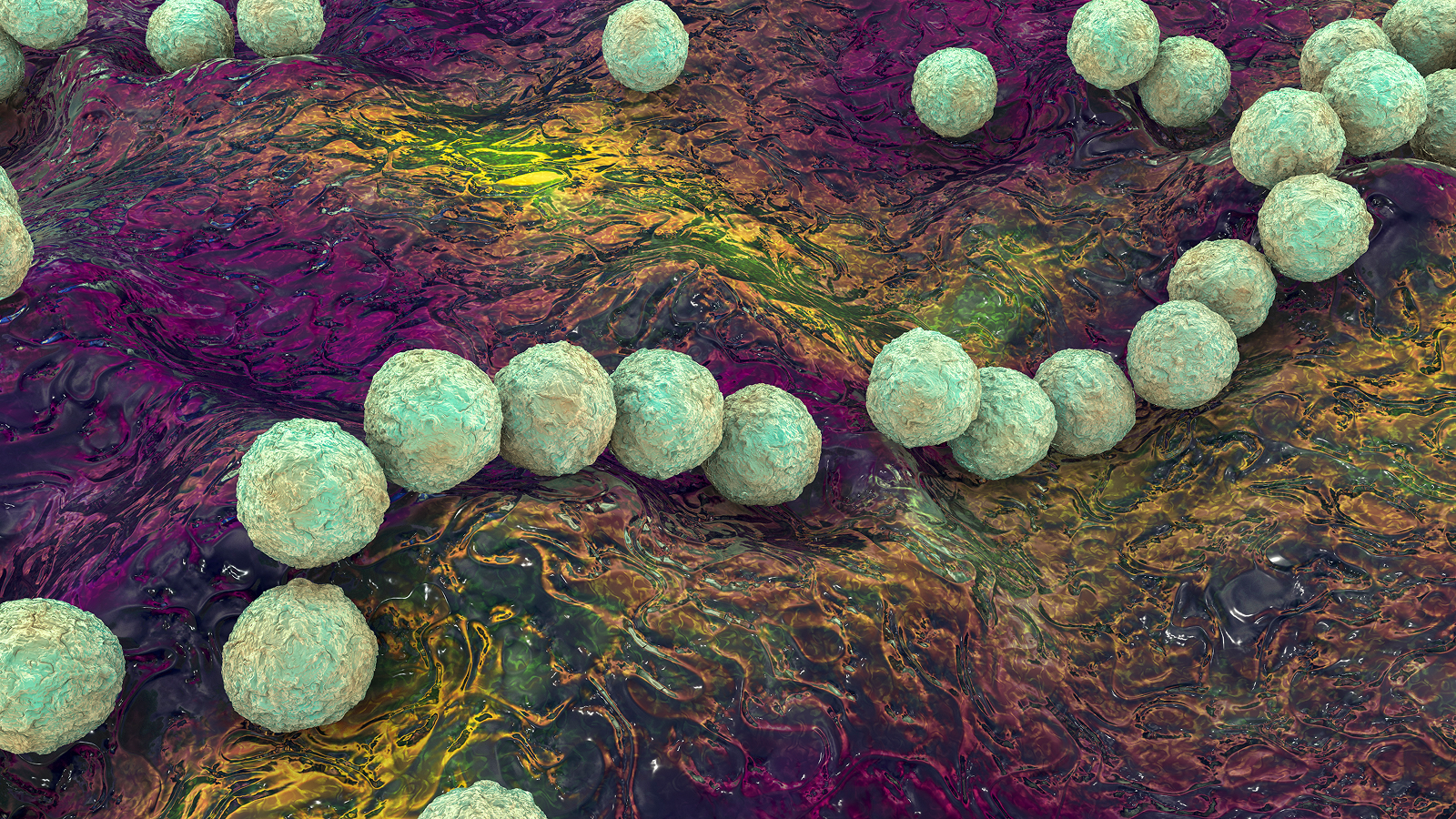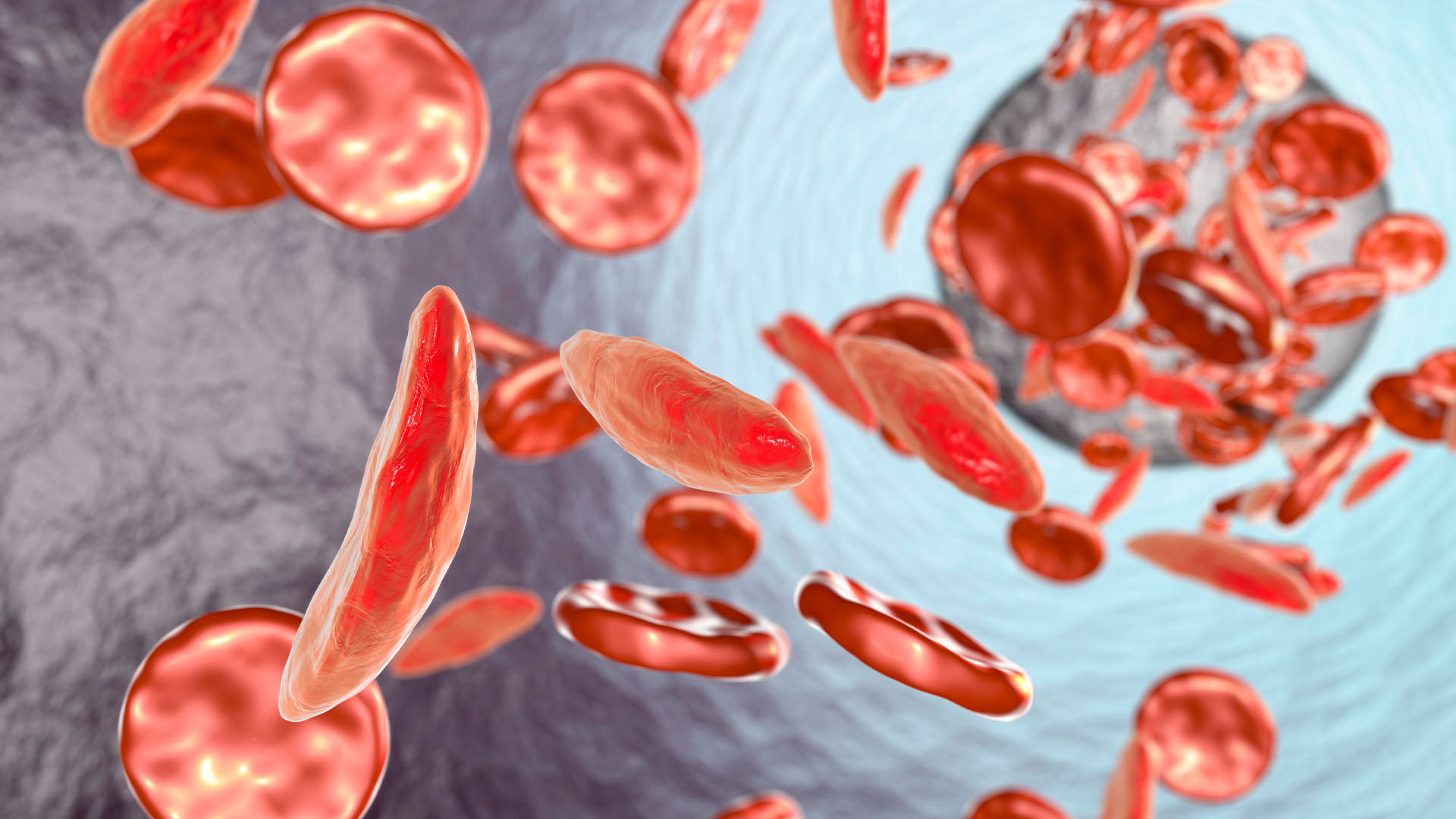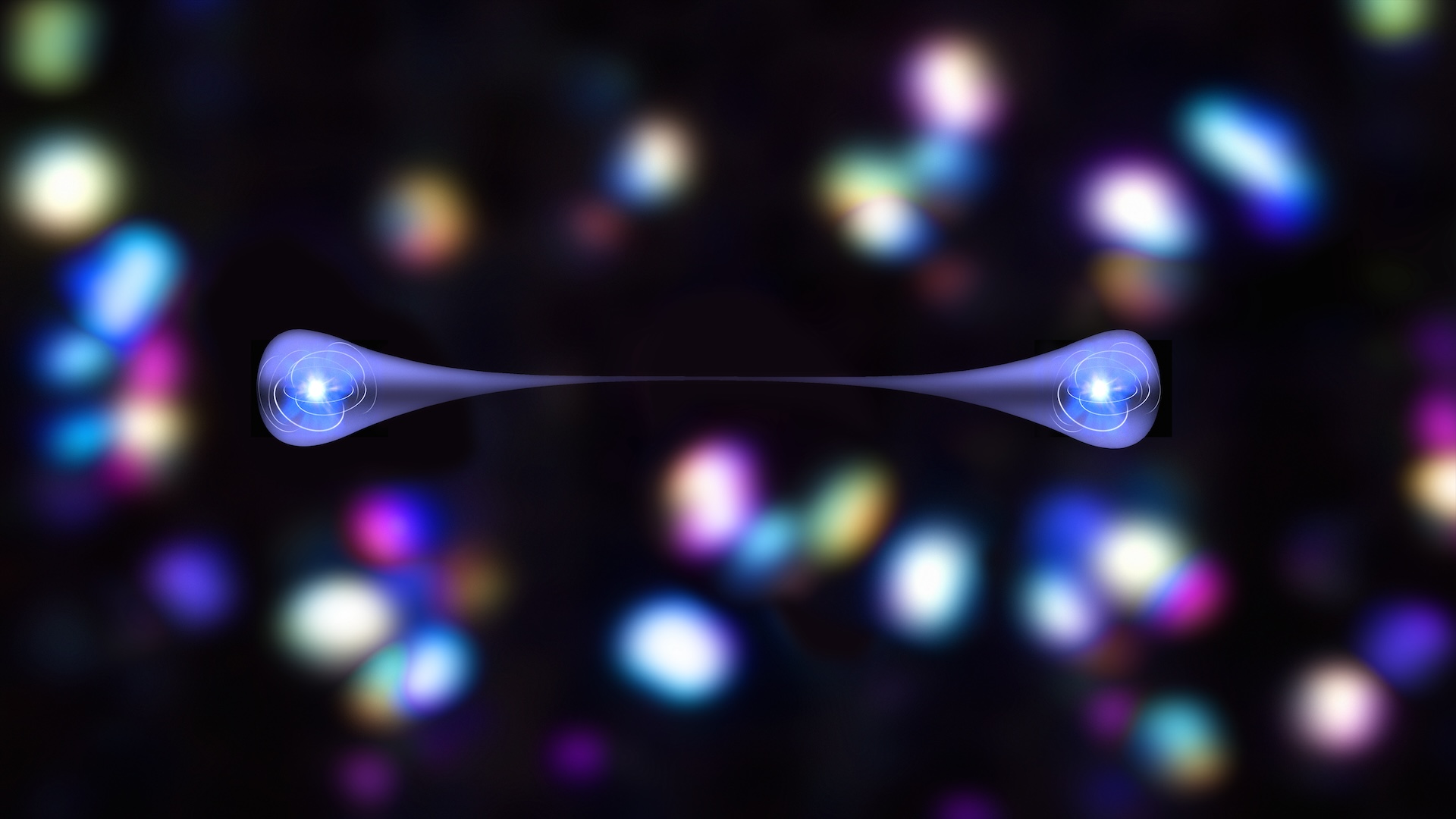Space photo of the week: James Webb telescope shocks scientists with image of ancient galaxy roaring back to life
The James Webb Space Telescope has zoomed in on Leo P, a tiny galaxy with some big things to say about star formation.
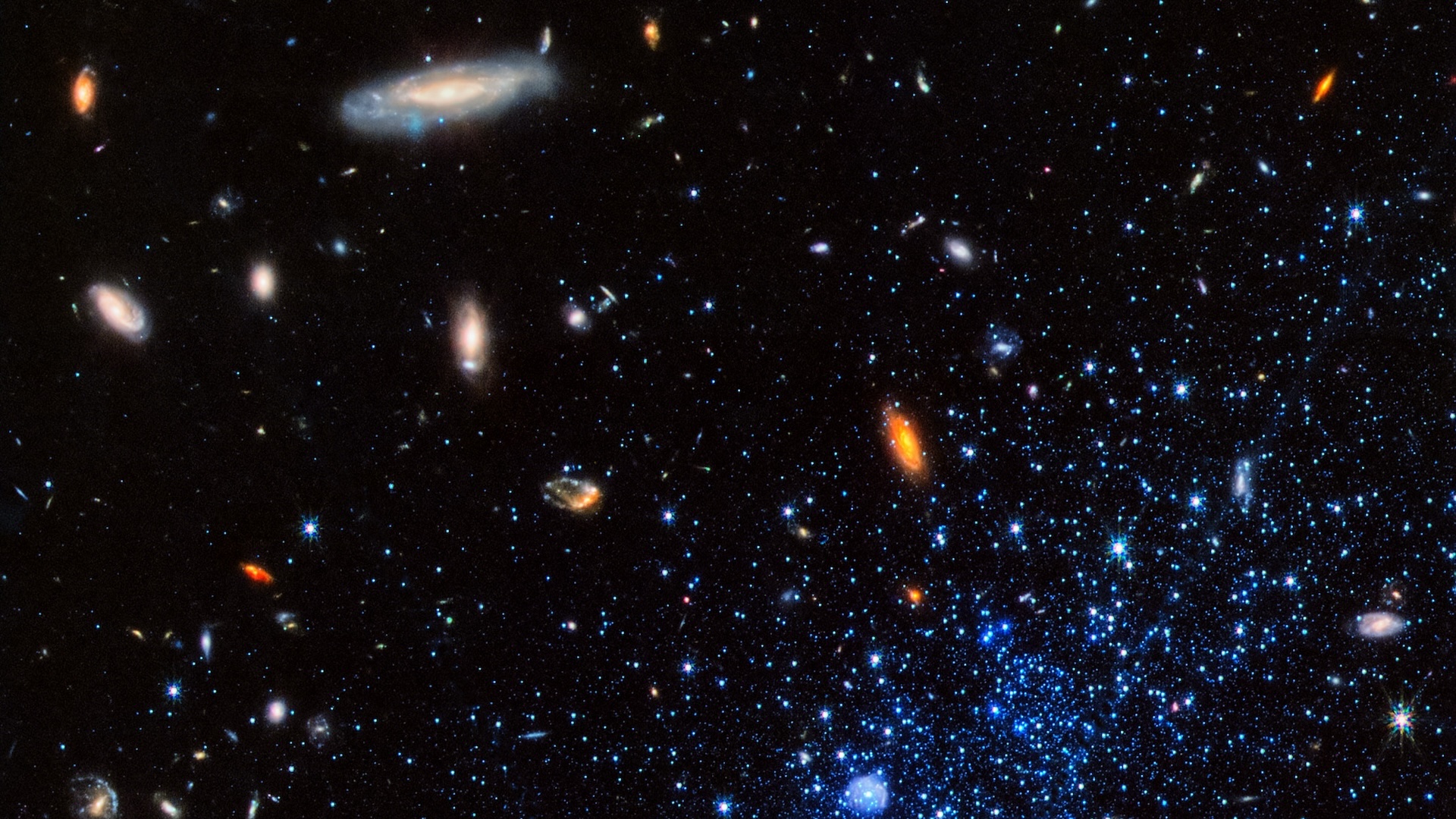
What it is: The Leo P dwarf galaxy
Where it is: 5.3 million light-years away in the constellation Leo
When it was shared: Jan. 16, 2025
Why it's so special: Large galaxies like our own Milky Way come from small "seed" galaxies, which grow, collide and merge over time, with each interaction causing more stars to form as gas and dust mix together. However, some of the original seed galaxies still exist in the universe, having remained unchanged for billions of years and containing few chemical elements besides hydrogen and helium.
One such galaxy is an irregular dwarf galaxy called Leo P (the "P" stands for "pristine"), which is far enough away from the Local Group of galaxies — the cluster of large galaxies including the Milky Way and Andromeda — to remain unaffected by their influence.
Related: 25 gorgeous nebula photos that capture the beauty of the universe
Leo P is similar to the primordial galaxies of the early universe, so astronomers can learn a lot about early cosmic history by studying it. Although first discovered in 2013, new data from the James Webb Space Telescope (JWST) has revealed that Leo P is unexpectedly forming new stars.
Sign up for the Live Science daily newsletter now
Get the world’s most fascinating discoveries delivered straight to your inbox.
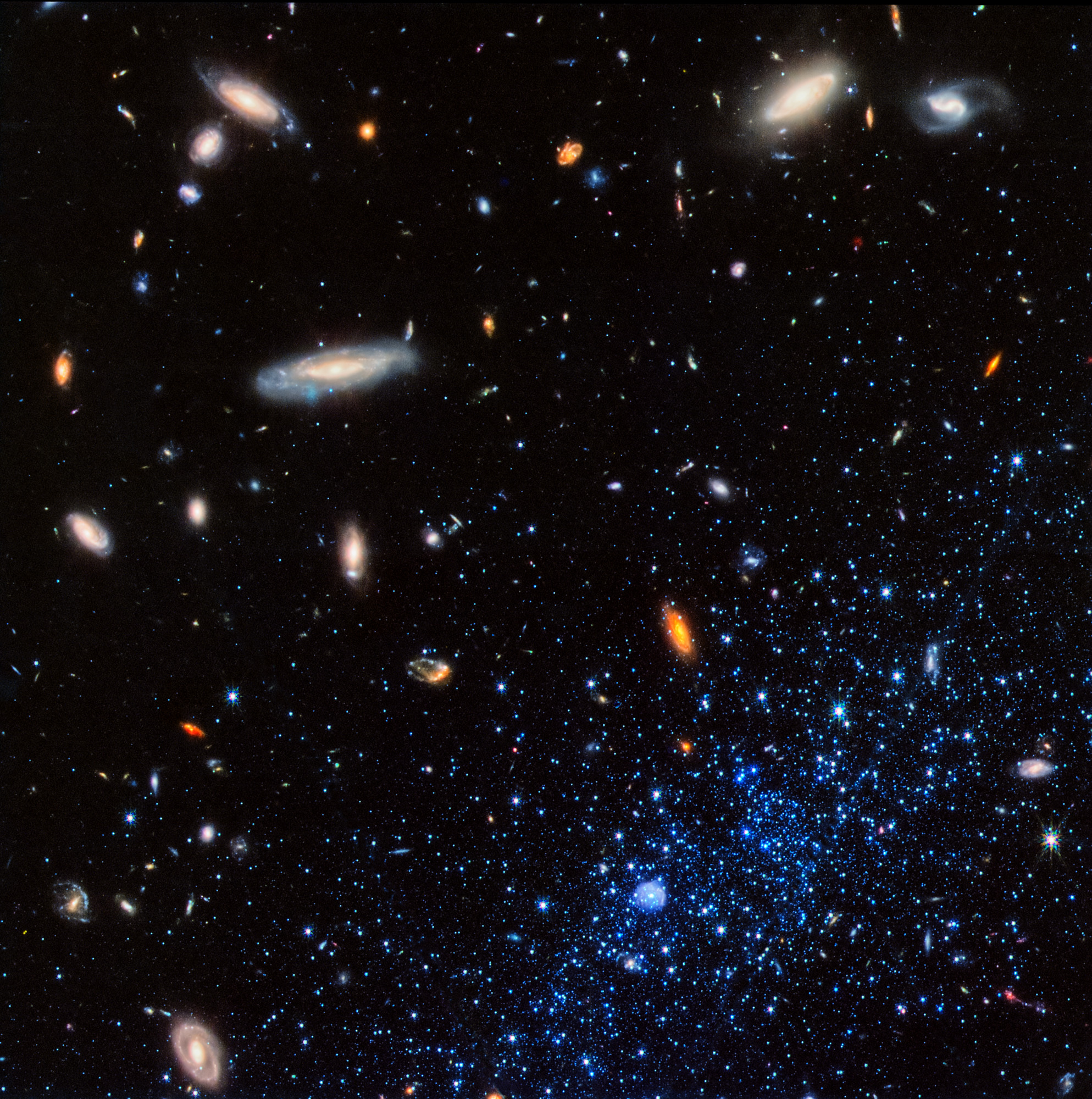
That's a big surprise to astronomers because small, isolated galaxies like Leo P were thought to have switched off their star-forming factories when the universe was about a billion years old, during a cosmic era known as "the Epoch of Reionization." It followed the cosmic dark ages, which refers to a period during the early universe when the dense fog of neutral hydrogen gas blocked light. When the first stars formed then exploded as supernovas, they spread energetic ultraviolet light capable of ionizing hydrogen atoms, or splitting them back into electrons and protons, according to NASA.
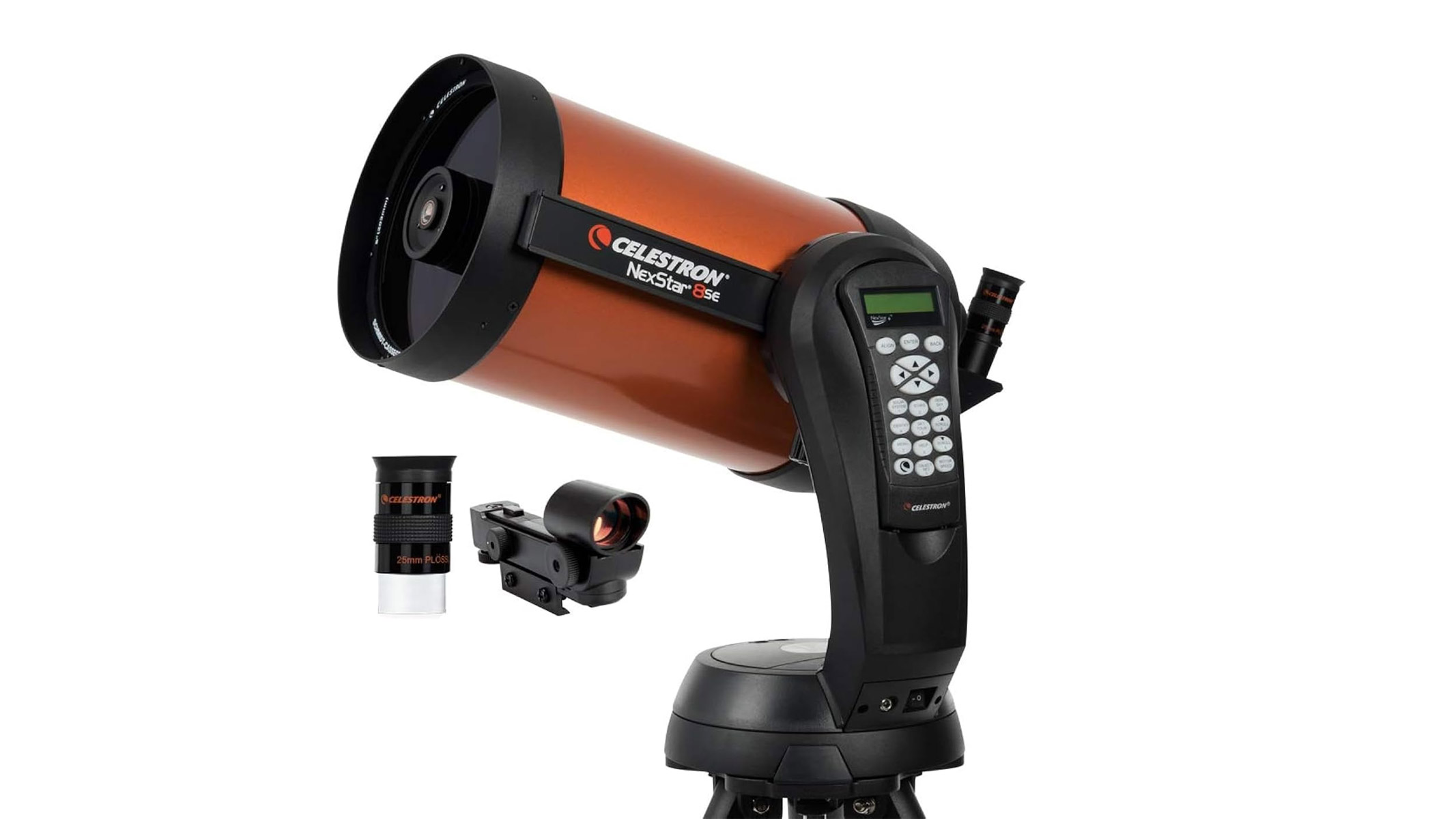
We reckon the Celestron NexStar 8SE is the best motorized telescope out there for zooming in on galaxies like Leo P, as it's great for astrophotography, and offers stunning, detailed imagery. For a more detailed look, you can check out our Celestron NexStar 8SE review.
Using JWST's Near Infrared Camera (NIRCam) to determine the brightness and colors of thousands of stars within the dwarf galaxy, researchers found that Leo P formed stars early on in the universe but stopped doing so shortly after the Epoch of Reionization. That was expected. However, the researchers also discovered that the galaxy reignited after a few billion years and started forming new stars again. Astronomers have gathered similar measurements for three other isolated galaxies, but found that star production ceased within all of them and never resumed, so it's unclear why Leo P reignited.
JWST will now study four other isolated dwarf galaxies to find more clues about how star formation has changed over time.

Jamie Carter is a freelance journalist and regular Live Science contributor based in Cardiff, U.K. He is the author of A Stargazing Program For Beginners and lectures on astronomy and the natural world. Jamie regularly writes for Space.com, TechRadar.com, Forbes Science, BBC Wildlife magazine and Scientific American, and many others. He edits WhenIsTheNextEclipse.com.
You must confirm your public display name before commenting
Please logout and then login again, you will then be prompted to enter your display name.
